Why is the Creative Circus closing?
One of the most iconic and renowned portfolio schools in the USA, The Creative Circus recently announced it plans to close in 2023. For decades, The Creative Circus regularly and legitimately fed graduates into actual jobs in creative departments at the very best advertising agencies. So what happened? Read on as we consider what might have let to their demise.
Table of Contents
The Creative Circus failed slowly, then quickly
It’s the same across all industries. People who were in the know at the Creative Circus must have seen the decline happening in real time. But when you are inside the business, you tell yourself that it’s just a bad year. Or that it was the fault of some event that shook confidence in the business. It’s all too easy to see it as a speedbump, instead of an existential threat.
About five years ago, the Creative Circus enrolled more than 200 students from across the country and globe interested in brand strategy, art direction, graphic design, copywriting. Then about four years ago, enrollment dropped to about 150 and last year, numbers dipped to fewer than 100.
The writing was on the wall.

For a start, COVID didn't help...
Every business had challenges to overcome during the Covid pandemic. Businesses that relied on face-to-face instruction like portfolio schools found it particularly challenging. A great portfolio school encourages co-operation and a cross-pollination of ideas. Students are inspired by the successes and struggles of other students as they tackle the same problems. They get swept up in the spirit of the place. They thrive on the energy.
As an online experience, it’s sub-par to say the least. And while, there are some very good online-only Ad Schools that we profile in our Ad School Buddy – none of them cost anywhere near what the Creative Circus would charge for one of their programs. Enrolments dropped. Students dropped out.
They persisted with a two-year program for too long
The Creative Circus had the longest Portfolio School Program on the market, for no clear additional benefit (beside the cost of extra tuition). If a student had a great portfolio ready well before graduation, it would often be the case that they would feel compelled to stay. Because it was only graduates who benefitted from the job placement aspects of the course. Portfolio Reviews, Creative Director introductions and access to the school’s ongoing industry outreach initiatives.
Other Portfolio Schools offered the same things. Often better. And they got there faster, and cheaper.
The Creative Circus was certainly not alone in wanting to make a profit. But money had become their raison d’etre. It’s said that despite the high attrition one would expect in a demanding portfolio program, there was a reluctance to show the door to people who clearly were in the wrong place. An additional semester from an underperforming student went straight to the bottom line. And at times, it might have been a lure too tempting to resist.
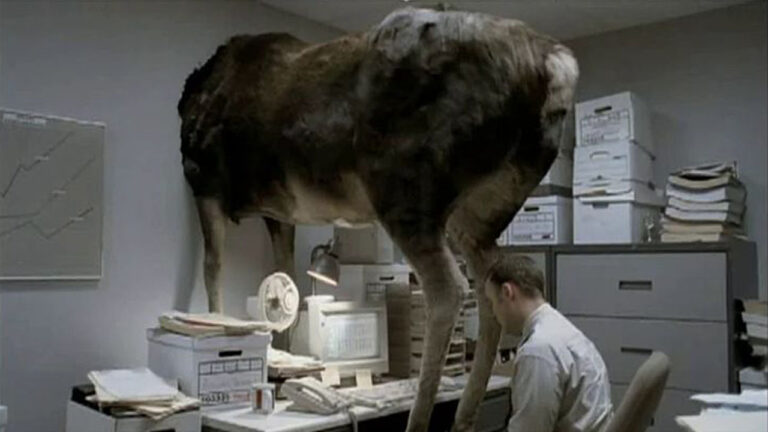
Poor investment in facilities and staff
The Creative Circus began as a labor of love. It was a business bootstrapped by true believers who had a real emotional stake in its mission. However, as time went on, the original owners sold out to a holding company who seem to have considered the Creative Circus as investment, more than a community.
In this time, some iconic teachers that had fiercely held up the high standards of the school decided to leave as teacher pay was inexorably whittled away to preserve profit margins. Teachers came and went. The quality of instruction became inconsistent from year to year. The curriculum was also desperately in need of an overhaul with digital and social media becoming ever more important in the advertising world.
Outdated equipment was replaced slowly. Decor was allowed to get shabby. It was becoming hard to understand why you were paying a premium price for tuition.

Colleges and Universities have lifted their game
When The Creative Circus began, the idea of educating people specifically for a job in an advertising creative department was novel.
Previously, if you wanted to become an Art Director, you’d begin by working in the agency studio after graduating from an Art or Design College. Copywriters could have come from anywhere. Some might have studied some form of creative writing at college, but others just seemed to appear in creative departments from all kinds of walks of life. Former gravediggers, insurance salesmen and bartenders. Some of them would be great. Others not so much.
Portfolio Schools provided a necessary solution to a real problem. Advertising agencies wanted to hire people that knew what they were doing. And no one was really teaching the specific conceptual skills that are the backbone of a creative advertising career.
On the other side, advertising creative departments began to be a cool place for young people to aspire to. They saw a prestigious career with variety and creativity every day you went into the office (not to mention the occasional film shoot in exotic locales). A credible pathway into that profession was an easy sell for early portfolio schools.
But colleges have been catching up. Some have been helping students build employable portfolios at the undergraduate level for a long time (University of Texas and BYU, for example). While some colleges have retooled their offerings in more recent years and are doing a great job of it (University of Alabama).
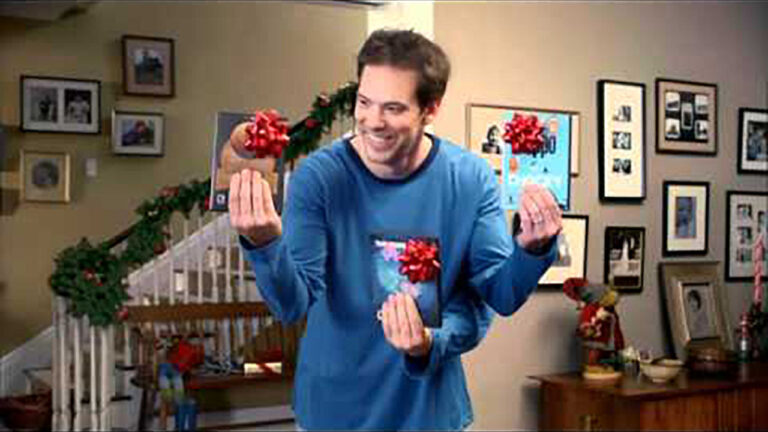
Excellent night classes and mentorships that cost waaaaaaaaaay less
Ad School BuddyMore and more junior creatives are making their way into creative departments (and thriving) having come up through internships, or just switching departments internally.
And after four years compiling debt in an undergraduate degree, it makes a lot of sense to go this way. Get yourself a job in the industry, and work on your portfolio at nights and weekends and look to make the switch that way. Or if you can get an internship in a creative department, make efforts to fill gaps in your knowledge with night courses and mentorship programs that are available to you.
Places like The Book Shop in LA are great for this. And they are incredibly affordable. (We profile The Book Shop along with dozens of other creative education paths you might pursue in our Ad School Buddy). Of course, it isn’t easy to juggle study and your job. Account management (for example) isn’t easy, even as a junior. It comes with its own pressures and lifestyle demands.
But a couple of tough years can save aspiring creatives a fortune, as well as provide great exposure to the wider functions of the agency process.
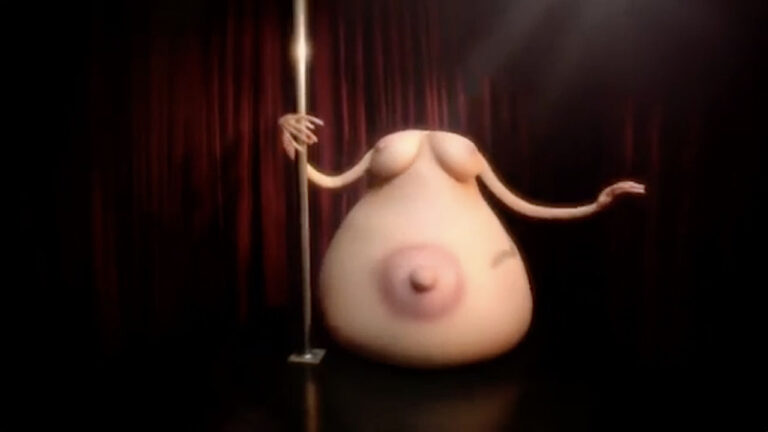
Creative practice changed more than they did
Look at almost any student portfolio and they will be filled with print ads and posters.
Why? Mostly because that’s the way it’s always been taught. The theory is that once you’ve nailed the poster, you’ve captured the ‘purest expression of the idea’. So, the theory goes, it should be simple to repurpose that in other media.
But I call bullshit. Ideas need to work more frequently and more flexibly than they ever have had to before. The hundreds of ways that an idea can be expressed (and still be true to the idea) is just as important as the idea itself. (We have an article here that discusses it more).
The Creative circus is a product of pre-digital advertising. The circus was the place where it taught you to think conceptually and creatively in the search for the big idea. One big idea.
It’s a valuable skill to have. But failing to truly embrace the potential of digital and social to add weight and potency to the big idea was short-sighted, and in the end did a disservice to their students.
Is this the beginning of the end for Portfolio Schools?
Advertising agencies come and go over the years. Perhaps it is the same for Portfolio Schools as well.
The Creative Circus seems to have suffered from a lack of ambition. The Miami Ad School – the best known of the Portfolio Schools – has been expanding across the country as well as internationally in past years. They have freshly painted premises, a slick new brand identity by Collins (widely considered the best design agency in the USA at the moment), a worthwhile social media presence and many student programs the Creative Circus should have learned from years ago. That’s not to mention the intriguing new entrants into the Portfolio School Game – The Denver Ad School. Check them out too.
Or perhaps another path into a creative department is better for you. See out article, Advertising Portfolio School or Masters. The Pros and Cons. You might be better to a graduate program, or a night program. A managed mentorship perhaps. They are all available, and are all profiled in detail in The Ad School Buddy. There are so many great options when it comes to learning how to become a great advertising creative.
So, I still believe that an intense, full-time option that you see in Portfolio School programs is still a perfect choice for a certain type of student
Things to do
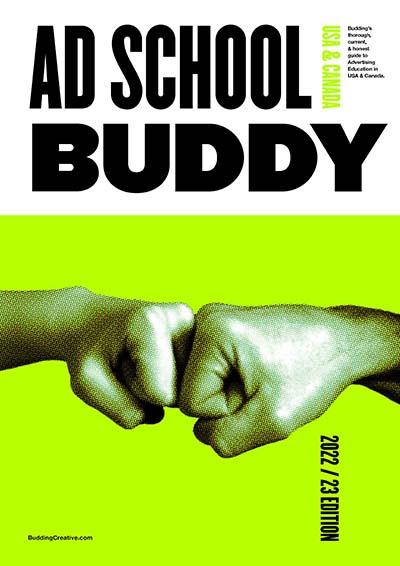
The Ad School Buddy
The complete guide. Undergrad, portfolio, grad, incubators and more
More Articles
The Ad School Buddy
To make it as a professional ad creative, your choice of school is key. This is the most comprehensive guide to creative education in North America by far.

The Ad School Buddy: USA & Canada
The complete guide to undergraduate, portfolio, graduate, incubators and more for every budding creative
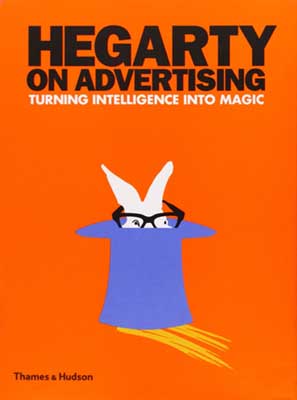
Hegarty on Advertising
This is one of the greatest guides to advertising ever put to print. A true classic.
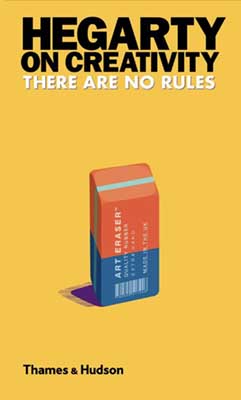
Hegarty on Creativity
In his follow up, John Hegarty delves into the process of creativity. There are no rules. But there are lessons that can help you learn to be truly original.



